The iPhone 15 and iPhone 15 Plus have arrived. Here's how they differ from the 2022 iPhone 14, and whether it should be your next upgrade.
The iPhone 15 is now Apple's flagship standard smartphone, bringing with it a series of updates and other improvements over the previous generation, the iPhone 14.
The launch of the iPhone 14 was marred slightly by Apple's decision to make the model less of an upgrade from the iPhone 13. A tweaked chip and improved cameras were small highlights in an otherwise muted generational change.
Customers hoped the iPhone 15 didn't suffer the same fate.
iPhone 15 vs. iPhone 14 — Specifications
| Specifications | iPhone 14 | iPhone 14 Plus | iPhone 15 | iPhone 15 Plus |
|---|---|---|---|---|
| Price (starting) | $799 | $899 | $799 | $899 |
| Dimensions (inches) | 5.78 x 2.82 x 0.31 | 6.33 x 3.07 x 0.31 | 5.81 x 2.82 x 0.31 | 6.33 x 3.06 x 0.31 |
| Weight (ounces) | 6.07 | 7.16 | 6.02 | 7.09 |
| Processor | A15 Bionic 5-core GPU | A15 Bionic 5-core GPU | A16 Bionic 5-core GPU | A16 Bionic 5-core GPU |
| Storage | 128GB, 256GB, 512GB | 128GB, 256GB, 512GB | 128GB, 256GB, 512GB | 128GB, 256GB, 512GB |
| Display type | 6.1-inch Super Retina XDR | 6.7-inch Super Retina XDR | 6.1-inch Super Retina XDR | 6.7-inch Super Retina XDR |
| Resolution | 2,532 x 1,170 at 460ppi | 2,778 x 1,284 at 458ppi | 2,556 x 1,179 at 460ppi | 2,796 x 1,290 at 460ppi |
| True Tone | Yes | Yes | Yes | Yes |
| Biometrics | Face ID | Face ID | Face ID | Face ID |
| Connectivity | 5G (Sub-6GHz and mmWave) Gigabit-class LTE Wi-Fi 6 Bluetooth 5.3 Ultra Wideband Emergency SOS via Satellite Roadside Assistance via Satellite Lightning | 5G (Sub-6GHz and mmWave) Gigabit-class LTE Wi-Fi 6 Bluetooth 5.3 Ultra Wideband Emergency SOS via Satellite Roadside Assistance via Satellite Lightning | 5G (Sub-6GHz and mmWave) Gigabit-class LTE Wi-Fi 6 Bluetooth 5.3 Second-gen Ultra Wideband Emergency SOS via Satellite Roadside Assistance via Satellite USB-C | 5G (Sub-6GHz and mmWave) Gigabit-class LTE Wi-Fi 6 Bluetooth 5.3 Second-gen Ultra Wideband Emergency SOS via Satellite Roadside Assistance via Satellite USB-C |
| Rear Cameras | 12MP Ultra Wide 12MP Wide | 12MP Ultra Wide 12MP Wide | 12MP Ultra Wide 48MP Main | 12MP Ultra Wide 48MP Main |
| Video | 4K 60fps, 4K 60fps HDR with Dolby Vision, 1080p 240fps Slo-Mo Sensor-shift optical image stabilization Action Mode | 4K 60fps, 4K 60fps HDR with Dolby Vision, 1080p 240fps Slo-Mo Sensor-shift optical image stabilization Action Mode | 4K 60fps, 4K 60fps HDR with Dolby Vision, 1080p 240fps Slo-Mo Sensor-shift optical image stabilization Action Mode | 4K 60fps, 4K 60fps HDR with Dolby Vision, 1080p 240fps Slo-Mo Sensor-shift optical image stabilization Action Mode |
| Front Camera | 12MP TrueDepth Autofocus | 12MP TrueDepth Autofocus | 12MP TrueDepth Autofocus | 12MP TrueDepth Autofocus |
| Battery Size (Video playback time) | Up to 20 hours | Up to 26 hours | Up to 20 hours | Up to 26 hours |
| Colors | Midnight, Starlight, Blue, Purple, (Product)Red, Yellow | Midnight, Starlight, Blue, Purple, (Product)Red, Yellow | Black, Blue, Green, Yellow, Pink | Black, Blue, Green, Yellow, Pink |
iPhone 15 vs iPhone 14 - Physical Dimensions
The iPhone 14 didn't change that much from the iPhone 13, at 5.78 inches tall and 2.82 inches wide, but it was marginally thicker at 0.31 inches. Given the overall muted upgrade it was, this wasn't a really unexpected statistic.
At 6.07 ounces, the iPhone 14 was slightly lighter than its predecessor, despite the extra thickness.
It wasn't quite the same story for the iPhone 14 Plus as it was replacing the very different iPhone 13 mini. Even so, the iPhone 14 Plus was 6.33 inches long, 3.07 inches wide, and 0.31 inches thick, with a weight of 7.16 ounces.
For the iPhone 15 and Plus, Apple made some small size tweaks, with the iPhone 15 at a longer 5.81 inches while keeping the 2.82-inch width and 0.31-inch thickness the same. The Plus is almost identical to the previous version at 6.33 inches by 3.06 inches by 0.31 inches.
There's a little bit of weight loss on the iPhone 15's side too, at 6.02 ounces and 7.09 ounces respectively.
Construction-wise, the iPhone 14 uses aerospace-grade aluminum as the core and edging, with glass front and back sides. The front features Apple's Ceramic Shield for added durability.
The iPhone 15 continues this design aesthetic, though it does lose the infamous notch in favor of Dynamic Island. While it does inherit some Pro elements, Apple does keep the mute toggle on the side of the iPhone 15, instead of opting for the all-new Action button as found on the iPhone 15 Pro models.
iPhone 15 vs iPhone 14 - Displays
Apple included a 6.1-inch Super Retina XDR OLED display in its iPhone 14, complete with the usual rounded corners as part of the edge-to-edge design. The iPhone 14 Plus grew the screen to 6.7 inches.
Like the iPhone 13, the iPhone 14 sports a resolution of 2,532 by 1,170 pixels, giving it a high pixel density of 460 pixels per inch. The Plus counterpart goes for 2,778 by 1,284 pixels, with a 458ppi pixel density.
The iPhone 14 displays can handle HDR content, with brightnesses of up to 1,200 nits at peak for HDR, and 800 nits for typical usage. Due to the use of OLED, they also have a 2 million:1 contrast ratio.
The story is pretty much the same for the iPhone 15 and iPhone 15 Plus, with the 6.1-inch and 6.7-inch displays only varying by a few elements. For a start, the resolution is a little higher at 2,556 by 1,179 and 2,796 by 1,290 respectively, though now both devices have a 460 pixel-per-inch density.
Apple has also increased the brightness, with 1,000 nits of maximum brightness for typical usage, 1,600 nits at peak for HDR, and 2,000 nits at peak for outdoor usage.
An inclusion since the iPhone X, the iPhone 14 screen has a notch at the top, providing a window to the world for the TrueDepth camera array. Meanwhile the iPhone 15 has adopted the Dynamic Island UI function.
Apple also included TrueTone support, Wide color (P3) coverage, Haptic Touch, and a fingerprint-resistant oleophobic coating with the iPhone 14's display panel, which the iPhone 15 also uses.
Though the iPhone 15 pair do effectively inherit some elements of the iPhone 14 Pro's screens, it's not an entire copy-and-paste here, as ProMotion is still not available on the non-Pro models.
iPhone 15 vs iPhone 14 - Cameras
The iPhone 14 pair of rear cameras consist of a 12-megapixel Main camera and a 12-megapixel Ultra Wide version.
The Main camera has an f/1.5 aperture, a seven-element lens, sensor-shift optical image stabilization, and 100% Focus Pixels for focusing shots. The Ultra Wide goes for an f/2.4 aperture, a five-element lens, and a 120-degree field of view.
Overall, the iPhone 14 had a 2x optical zoom out, and a 5x digital zoom in.
Apple included a large number of features in the iPhone 14, including True Tone flash, the Photonic Engine and Deep Fusion computational photography, a Portrait Mode with Depth Control, six Portrait Lighting effects, and Photographic Styles.
There were also more standard elements including a 63MP panorama, Night Mode, advanced red-eye correction, auto image stabilization, Burst mode, and HEIF and JPEG support.
For the iPhone 15 and iPhone 15 Plus, Apple has brought over the 48-megapixel Main camera from the iPhone 14 Pro models, complete with an f/1.6 aperture, sensor-shift OIS, and 100% Focus Pixels, with 24MP now the default shot resolution.
Thanks to its Quad Pixel arrangement, it offers a virtual 12MP 2x Telephoto camera by using the same sensor, enabling three "optical quality" zoom levels from two physical cameras.
Apple claims that the iPhone 15 and Plus cameras have "Next-generation portraits with Focus and Depth Control," which was demonstrated at launch to include being able to automatically detect Portrait shots and to allow refocusing of an image during editing thanks to capturing depth data.
Around the front, the iPhone 14 TrueDepth Camera is a 12-megapixel version with an f/1.9 aperture, six-element lens, and autofocus with Focus Pixels. It also offered many features like the back sensors, including Portrait mode, Portrait Lighting, Photographic Styles, and thanks to the depth mapping capabilities, Animoji and Memoji.
As you would expect, the iPhone 15 hasn't changed the front camera at all, hardware-wise, though Apple does claim there to be "next-generation portraits" that can be taken using the system.
On to video, the iPhone 14 can manage to record 4K video at up to 60fps, complete with HDR Dolby Vision. A Cinematic mode ran at up to 4K HDR at 30fps, an Action mode managed 2.8K at 60fps, and slo-mo also ran at up to 1080p at 240fps.
The iPhone 14's video capture capabilities included a 2x optical zoom out and a 3x digital zoom, an Audio Zoom, True Tone flash, continuous autofocus, cinematic video stabilization, and support for both HEVC and H.264. There's no real difference for the iPhone 15 pair here.
The TrueDepth camera for all models is also capable of 4K video at 60fps with Dolby Vision HDR, a 30fps Cinematic mode, 1080p 120fps slo-mo, and other modes.
iPhone 15 vs iPhone 14 - Processing Performance
In 2022, the iPhone 14's launch did offer an improved chip in the model compared to the previous year, but it wasn't a major jump. In fact, Apple just tweaked the existing A16 chip so that it had a bit more graphical power, effectively reusing the iPhone 13 Pro's A16 variant.
The A16 Bionic has six cores, with two performance cores accompanied by four efficiency cores, as well as the 5-core GPU and the 16-core Neural Engine.
With Apple deciding to slip over the iPhone 13 Pro's chip to the iPhone 14, it set a precedent for future revisions. Namely it will most likely do the same trick so that there's always a performance bump going from the non-Pro to the Pro models.
For the iPhone 15, this was proven to be the new way of operating, with Apple using the A16 from the iPhone 14 Pro. This 6-core CPU has two performance and four efficiency cores, a 5-core GPU with 50% more memory bandwidth, and a 16-core Neural Engine capable of 17 trillion operations per second.
In terms of performance, the iPhone 14 and its A15 Bionic get to 2,221 for a single-core score in GeekBench 6, and 5,369 for the multi-core score. Under the Compute benchmark, the iPhone 14 manages 19,948.
The nearest example benchmark available before the iPhone 15's release would be for the iPhone 14 Pro, which uses the same chip. It manages 2,519 for the single-core test, 6,382 for multi-core, and 22,282 for Metal.
Obviously, there is a performance improvement happing year-on-year, but it's unusual to have a clear idea of just how much performance you'd get so soon after an Apple Event.
We'll update this piece with actual benchmarks are available.
iPhone 15 vs iPhone 14 - Connectivity
In the iPhone 14, cellular connectivity for the model continued to support fast 5G connections, in both sub-6GHz and mmWave formats, complete with 4x4 MIMO. It also includes Gigabit LTE with 4x4 MIMO and LAA (Licensed-Assisted Access, namely carrier aggregation).
For the iPhone 15 and iPhone 15 Plus, this has remained practically the same.
Apple also introduced Emergency SOS via Satellite with the iPhone 14, allowing hikers and those who find themselves in a remote location without cellular access the ability to send a message and call for help via a satellite connection.
The iPhone 15 gets this, as well as a new similar feature: Roadside Assistance via Satellite. It's the same concept, except it sends a message to a roadside assistance service.
While introduced with the iPhone 15, the iPhone 14 will also be able to use emergency assistance and roadside assistance via Satellite.
Wi-Fi 6, also known as 802.11ax is also present in all four models, as well as Bluetooth 5.3 for connectivity to accessories.
There's also an Ultra Wideband chip in each, but the second-generation version in the iPhone 15 and Plus offers extra features, such as tracking other iPhone 15 handsets using the same distance and direct tracking as you would use to narrow down where an AirTag is in a room.
On to physical connectivity, Apple used the Lighting port in the iPhone 14, a long-standing connection that has been held back from being replaced for USB-C for a very long time. Apple does bring in USB-C in the iPhone 15, though you're still stuck with Lighting's USB 2.0 speed of 480Mbps for data transfers, not the 10Gbps it could be.
On the other elements that are across the board, there's GPS, GLONASS, Galileo, QZSS, and BeiDou support for navigation, a digital compass, iBeacon microlocation, and NFC, with the latter point chiefly used with Apple Pay.
iPhone 15 vs iPhone 14 - Power and Battery
Apple often takes advantage of changes inside the iPhone to squeeze in a slightly larger battery capacity in its models. That, along with continued advances in how Apple's hardware reduces the amount of power needed to function, means you usually see longer battery lives as the generations move on.
It doesn't quite seem to be the case for 2023.
In the iPhone 14, Apple claimed it was capable of up to 20 hours of local video playback, up to 16 hours of streamed video playback, and up to 80 hours of audio playback. In the larger Plus, this translated to 26 hours of local video playback, 20 hours of streamed video, and 100 hours of audio.
The iPhone 15 and Plus are rated to the exact same figures for battery life.
Charging for the iPhone 14 was handled by either the Lightning port or via wireless charging, using Qi or Apple's MagSafe. The latter allowed for faster wireless charging, but the wired version was always faster.
For fast charging, you could reach up to 50% charge on the iPhone 14 after a mere 30 minutes, 35 for the Plus, when you connect it to a 20W or higher power source.
This is all the same for the iPhone 15 and Plus, except that Lightning is switched out for USB-C.
iPhone 15 vs iPhone 14 - Other Features
For the iPhone 14, Apple made the decision to switch from supporting dual eSIMs and SIM cards to an eSIM-only approach. The change, forcing consumers to only use eSIMs with the iPhone, only applied in the United States, with other countries still offering the chance to use a physical SIM card.
This is the same situation as for the iPhone 15 and Plus.
Apple maintained its IP68 rating for the iPhone 14 and 15, meaning they could survive being 6 meters (19.7 feet) underwater for up to 30 minutes, as well as dust and dirt.
Crash Detection is a contentious feature of the iPhone 14, which uses the onboard sensors to detect if the user is involved in a car accident or another impact, and to potentially call the emergency services if not canceled in time. Apple is continuing to offer the feature in the iPhone 15.
iPhone 15 vs iPhone 14 - Capacity, Color, and Pricing
Apple offered the iPhone 14 in three capacities, with launch pricing of the 128GB at $799, 256GB for $899, and 512GB for $1,099. The Plus added a $100 premium, making the capacities $899, $999, and $1,199 respectively.
This pricing structure has been reused for the iPhone 15 and Plus.
Apple initially sold the iPhone 14 in five colors: Midnight, Starlight, Blue, Purple, and (Product)Red. A Yellow option was added later. The iPhone 15 is offered in five colors too: Black, Blue, Green, Yellow, and Pink.
iPhone 15 vs iPhone 14 - Should you upgrade?
Apple hinted that the iPhone 15 would be given delayed Pro model features in the iPhone 14 by upgrading the A15 chip rather than moving on to the A16. Now it has made the upgrade, as well as bringing over a number of elements from the iPhone 14 Pro models at the same time.
This sets Apple up for a continued dynamic where the latest Pro models get brand new features and the non-Pro get something similar the following year.
Thanks to the fallow iPhone 14 year, when it comes to features, the iPhone 15 is obviously a very good upgrade. It's simply because the iPhone 15 has a lot of changes whereas the iPhone 14 was minimal in comparison.
In a way, you're basically buying something that's almost the previous year's Pro model, but with a few bits missing, like the third camera sensor and Pro Motion.
The iPhone 15 and Plus are, by definition, much more of an upgrade than the previous model, and so they are well worth considering as an upgrade option for those in the market for a new iPhone.
Then again, there's always the option of picking up a second-hand iPhone 14 Pro if you want the full year-ago Pro model experience.
Where to buy the iPhone 15
The iPhone 15 and iPhone 15 Plus will start from $799 and $899 respectively. Preorders start September 15 with availability from September 22.
 Malcolm Owen
Malcolm Owen
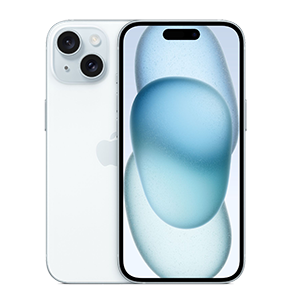
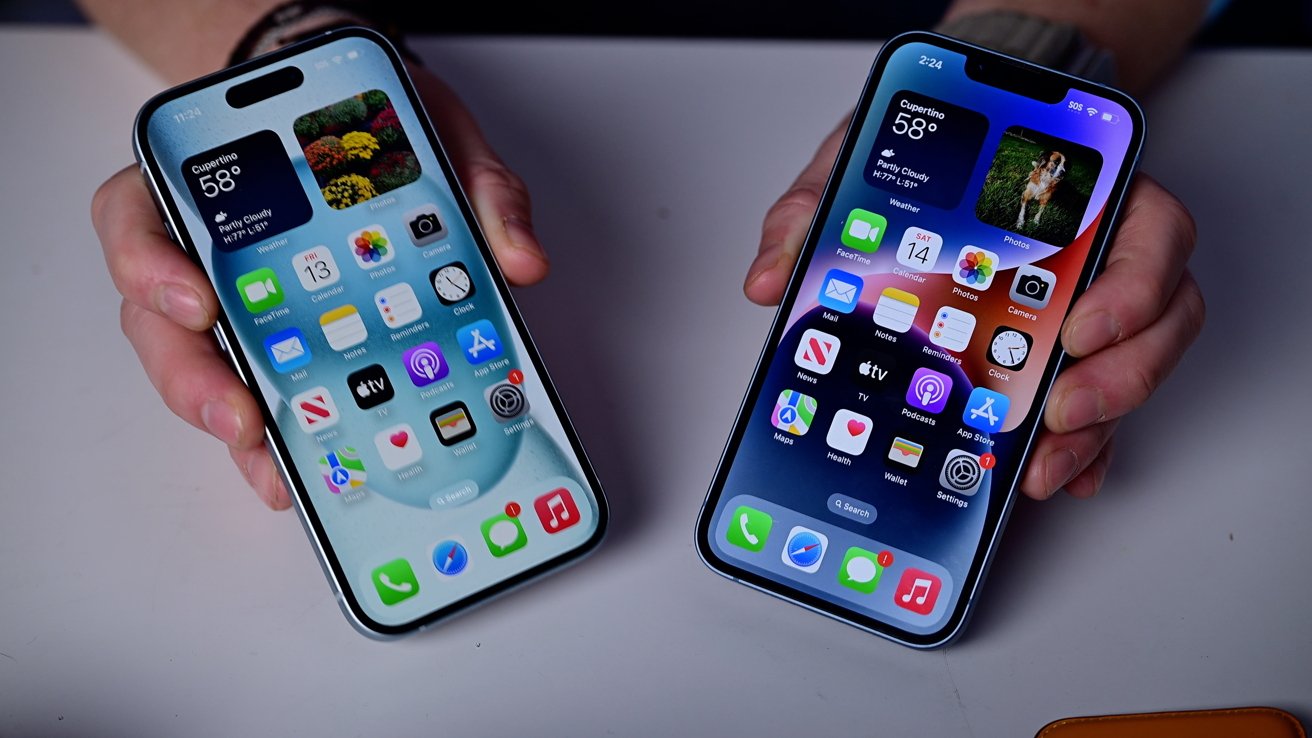
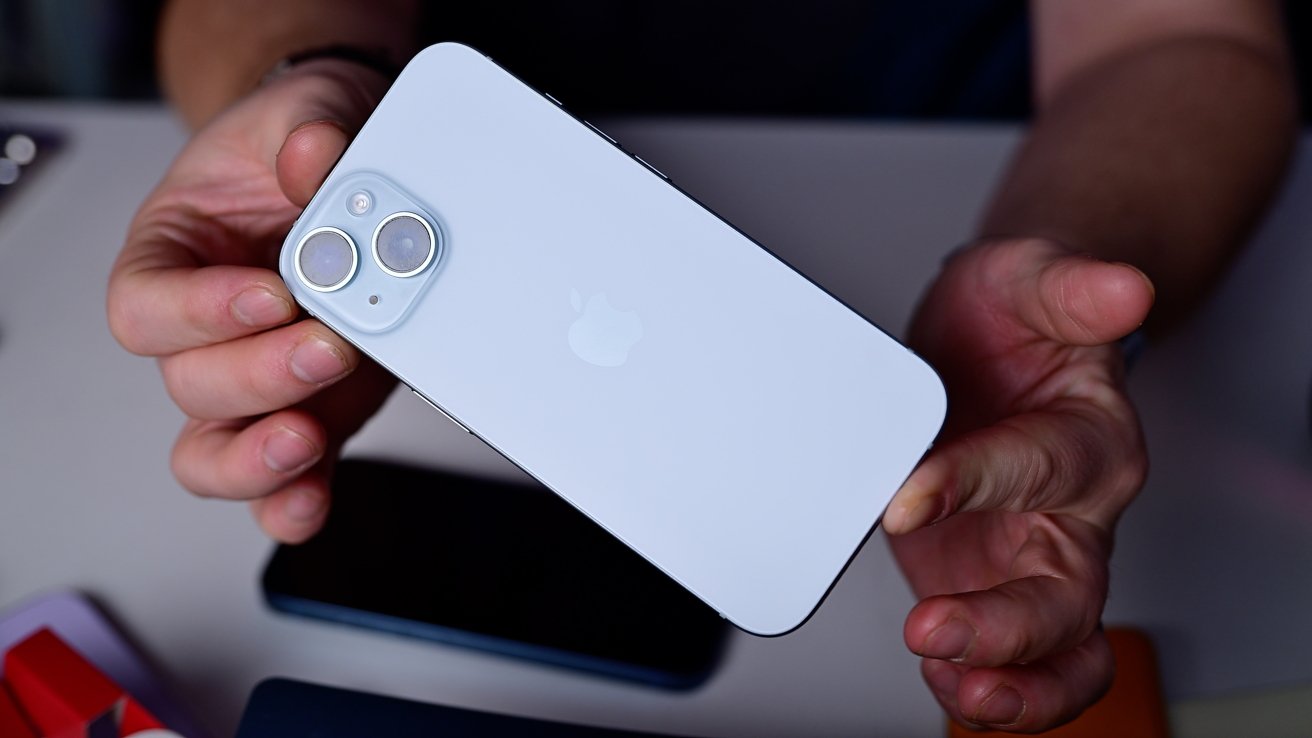
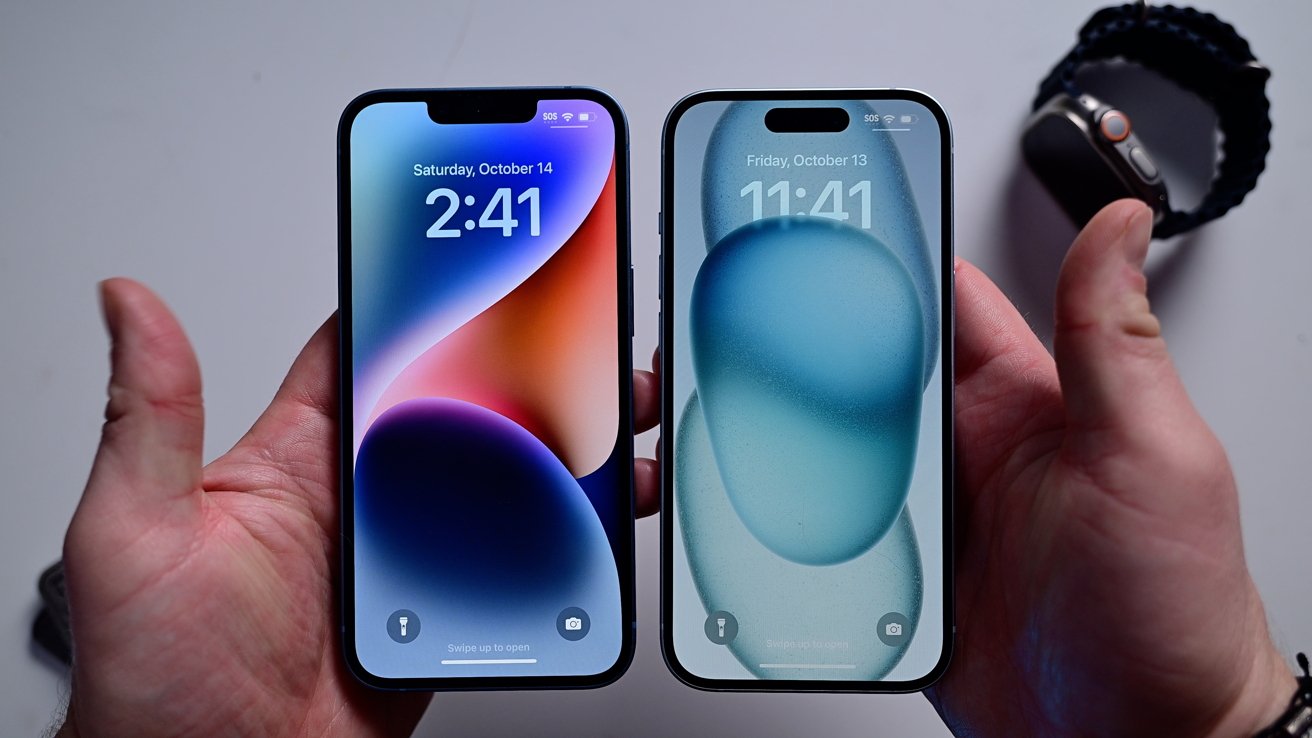
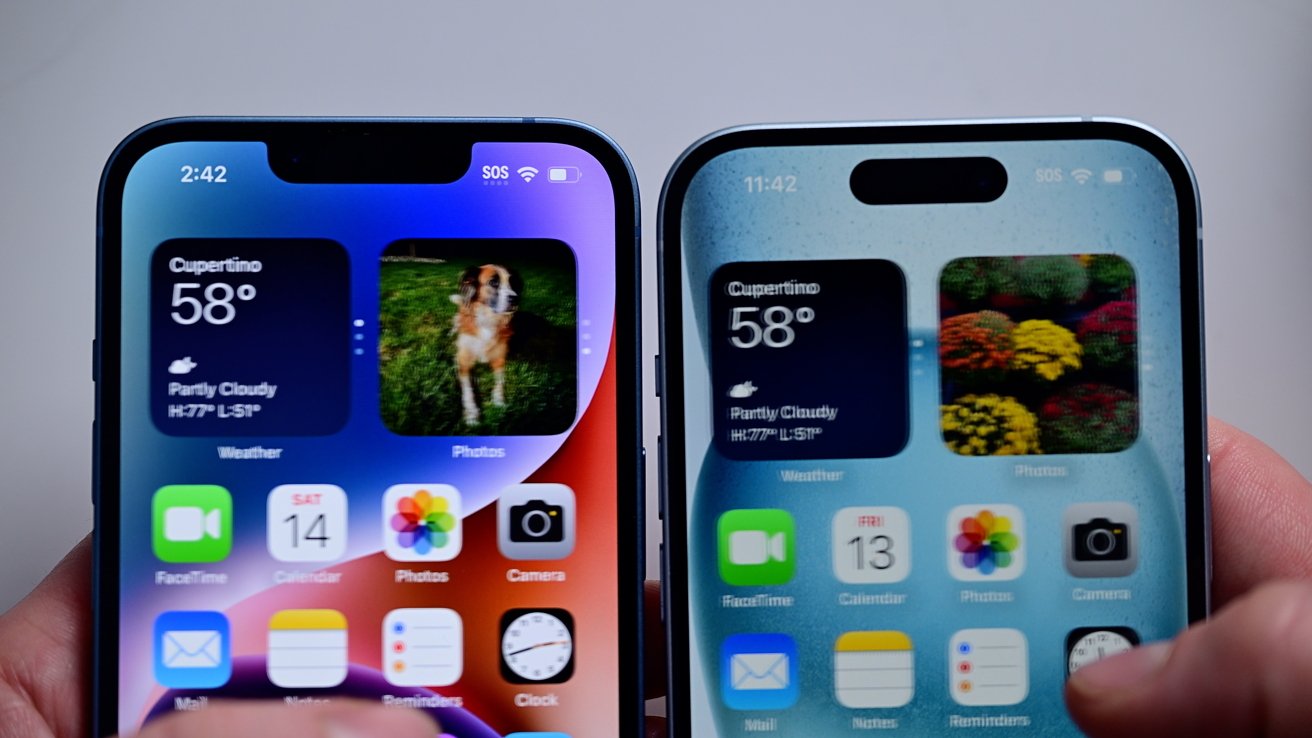
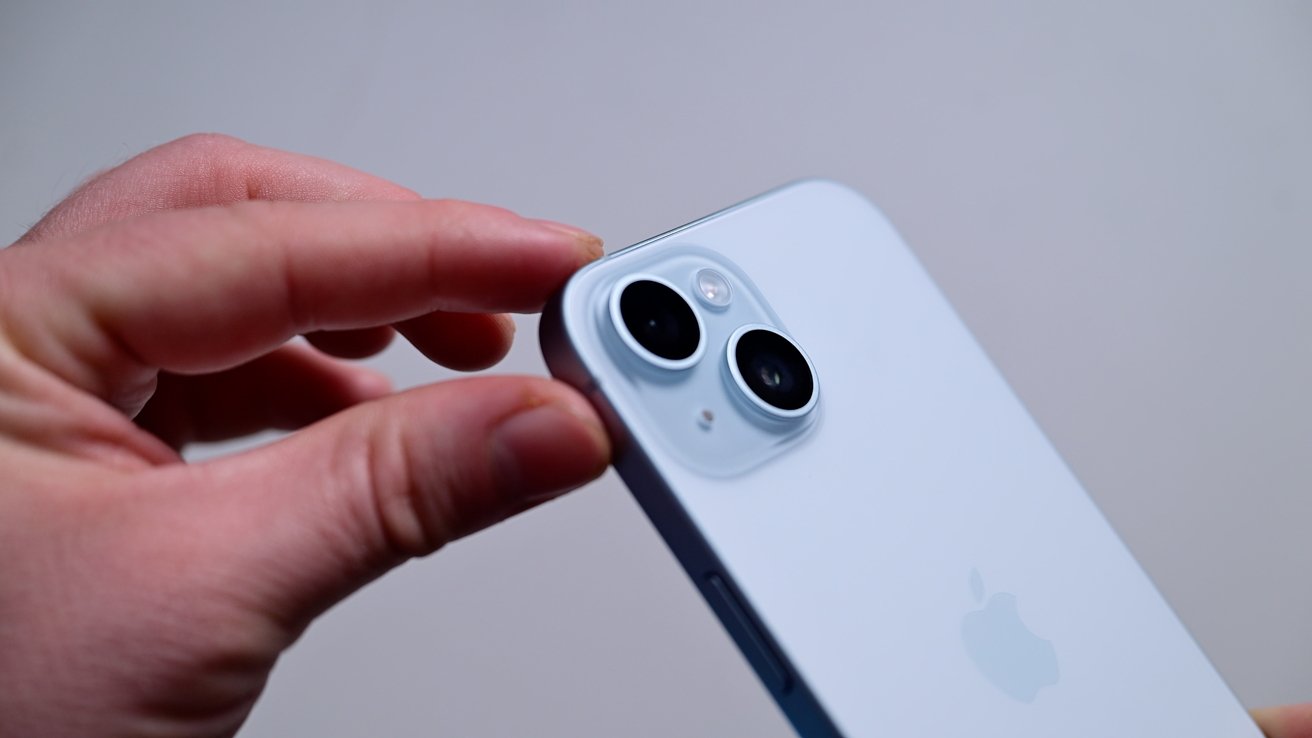
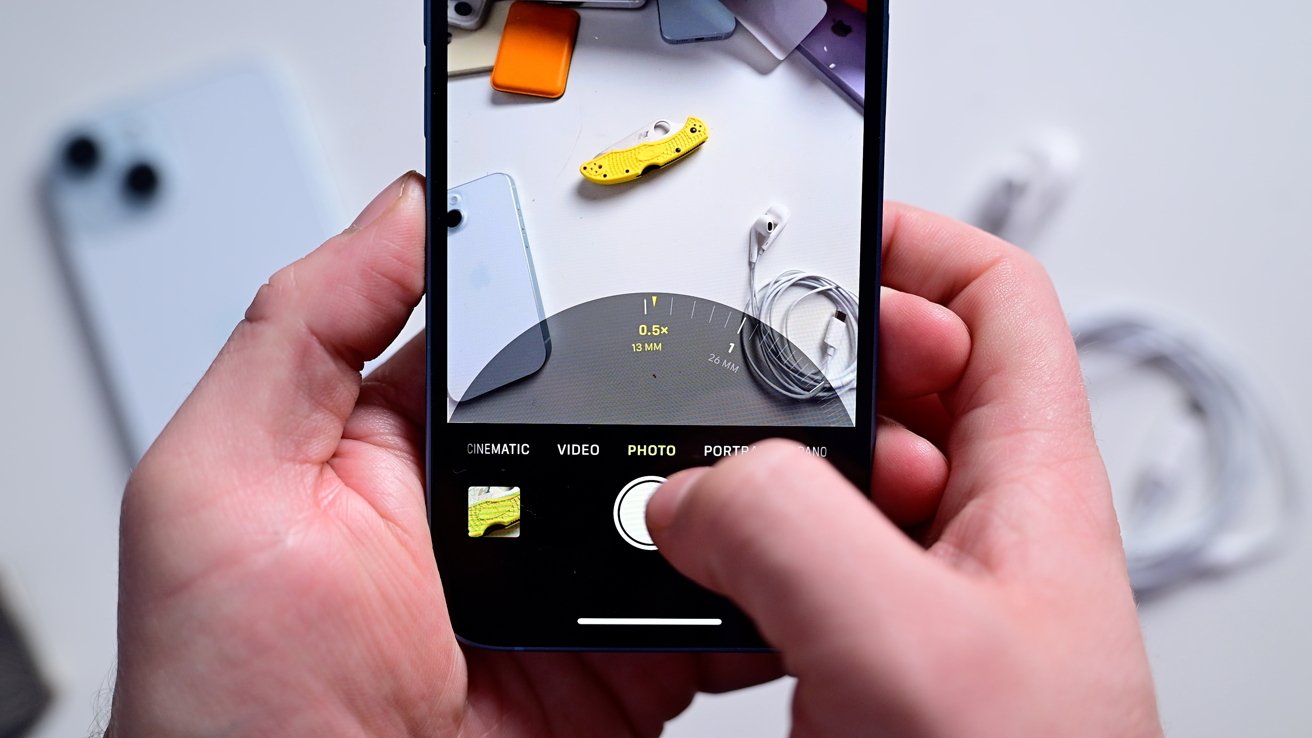


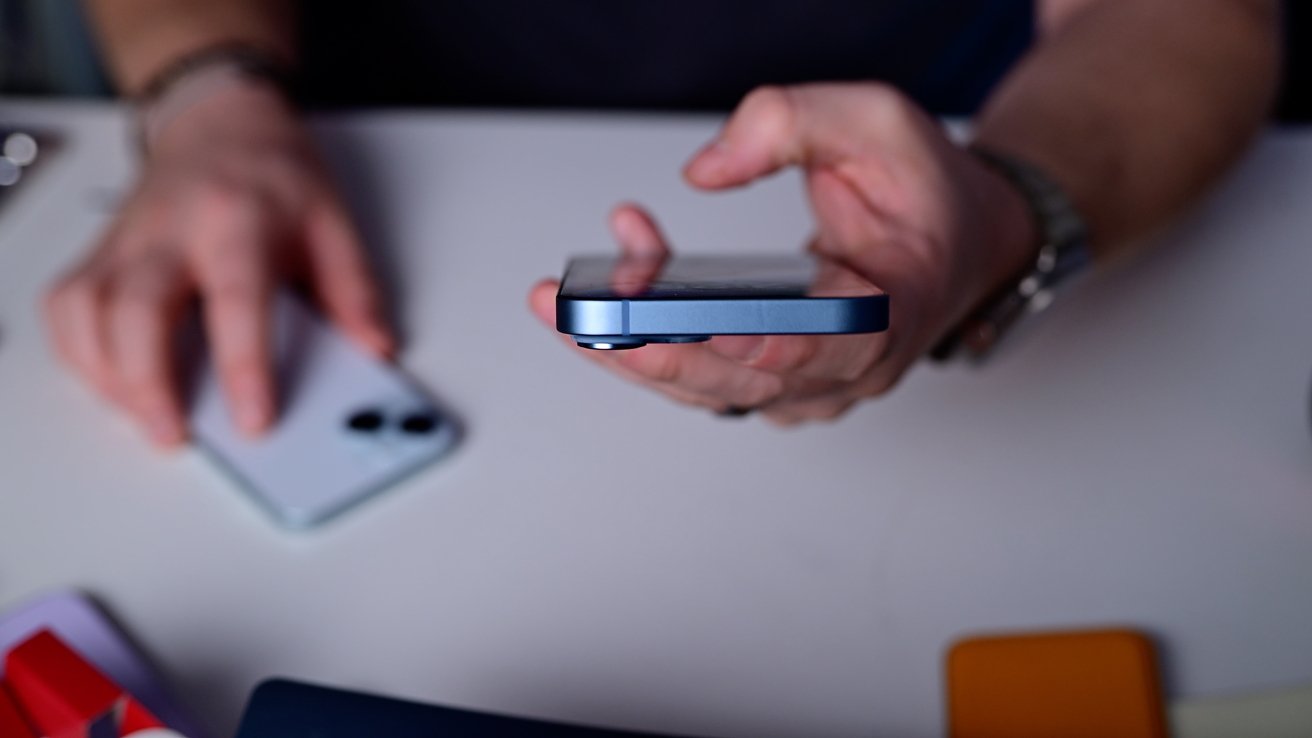
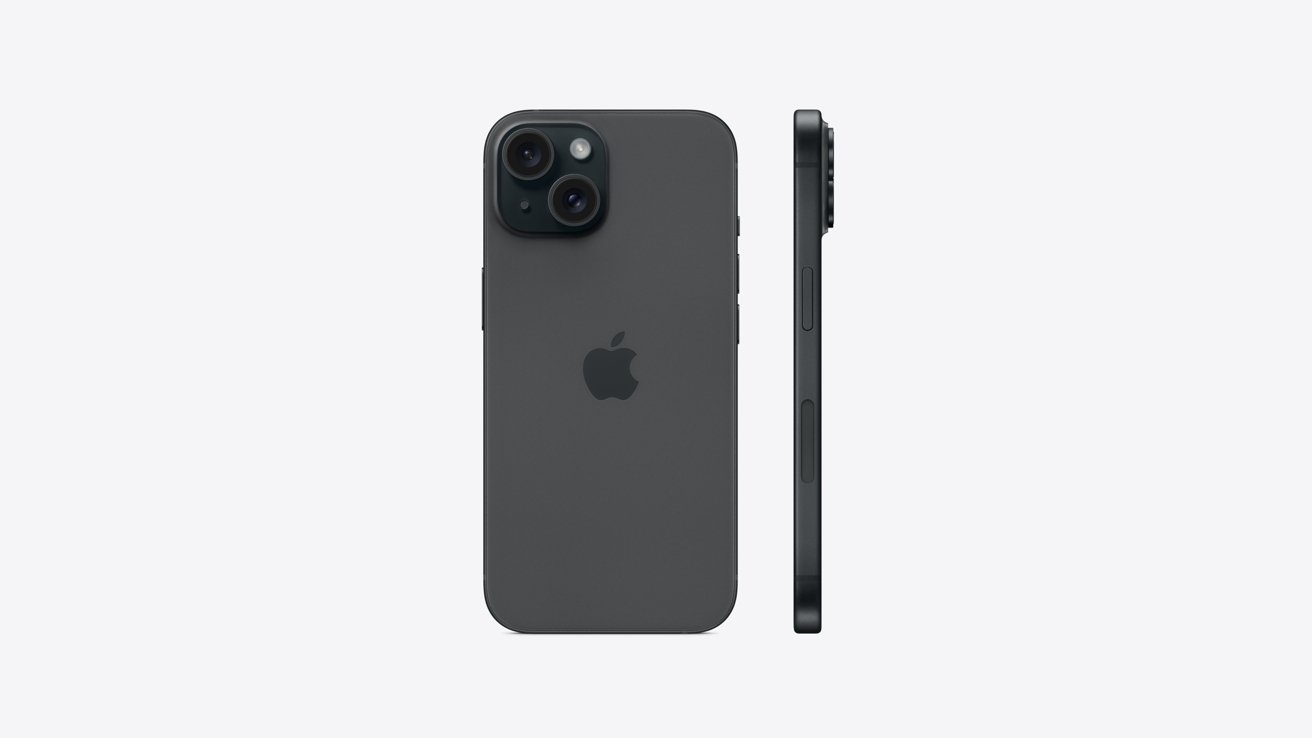
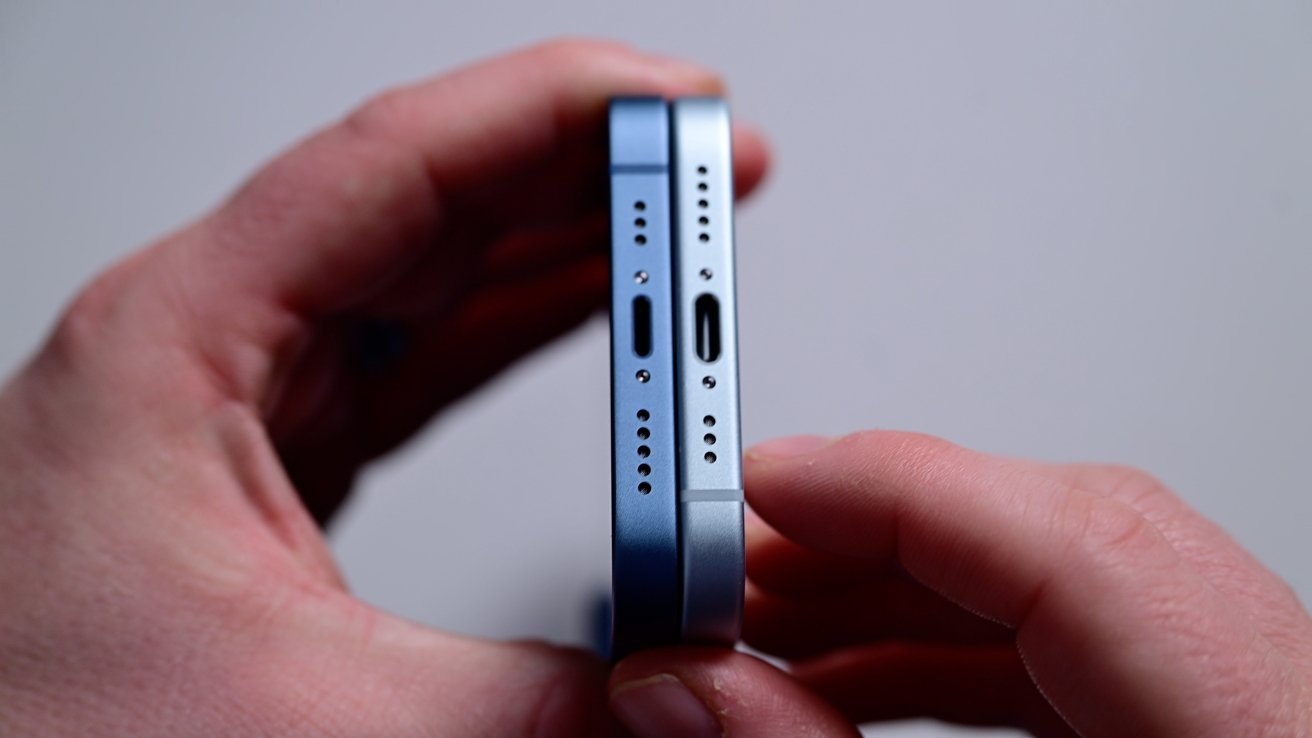
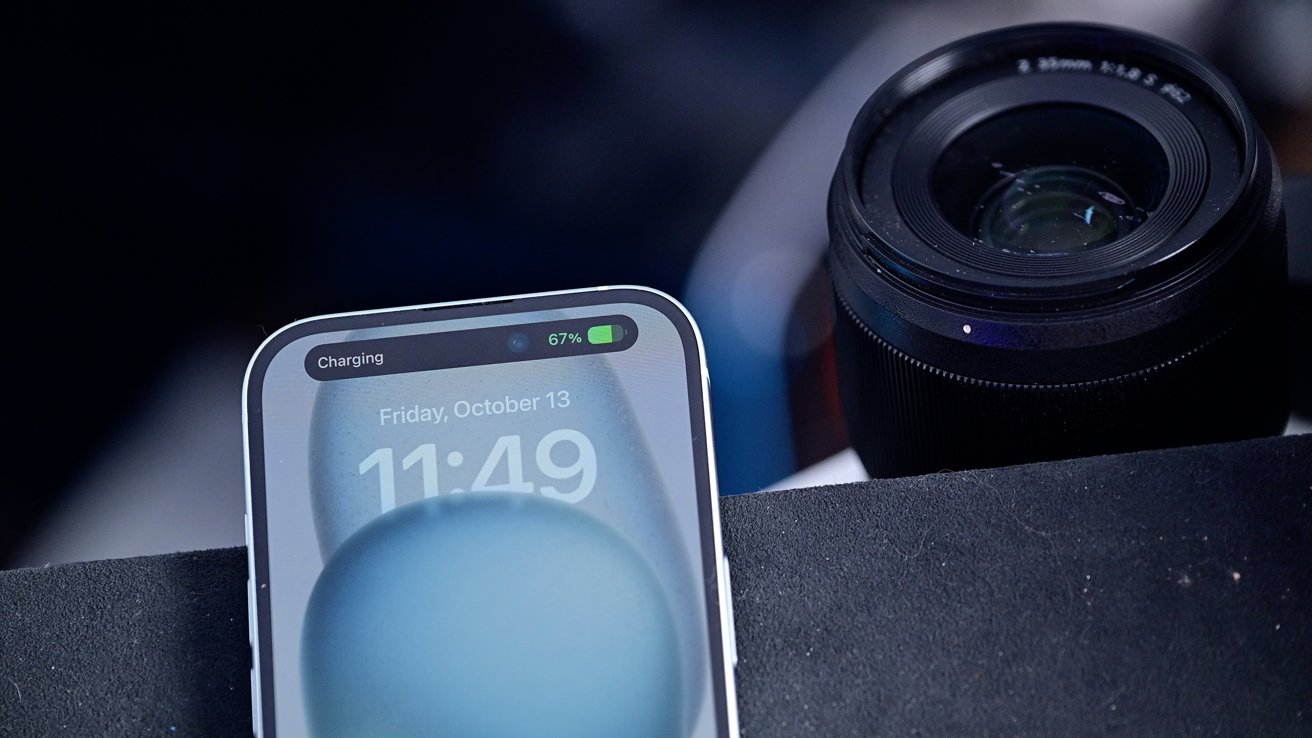
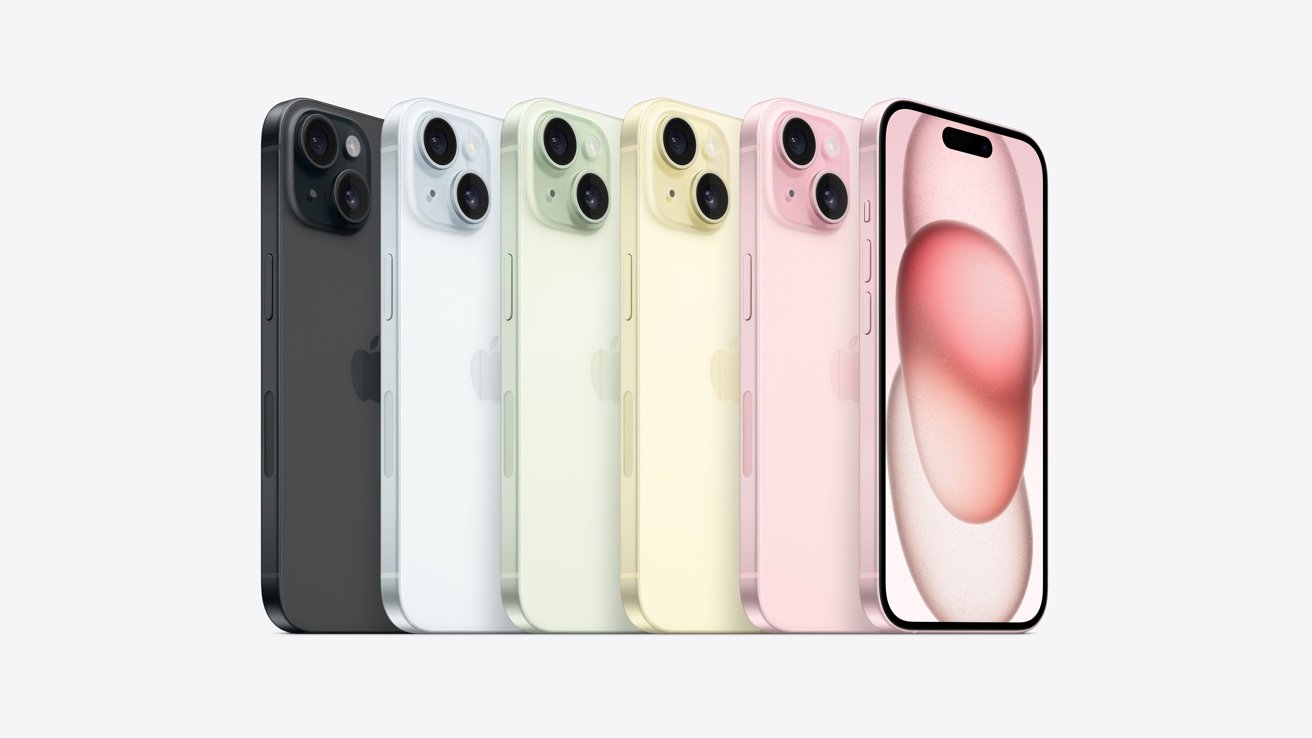
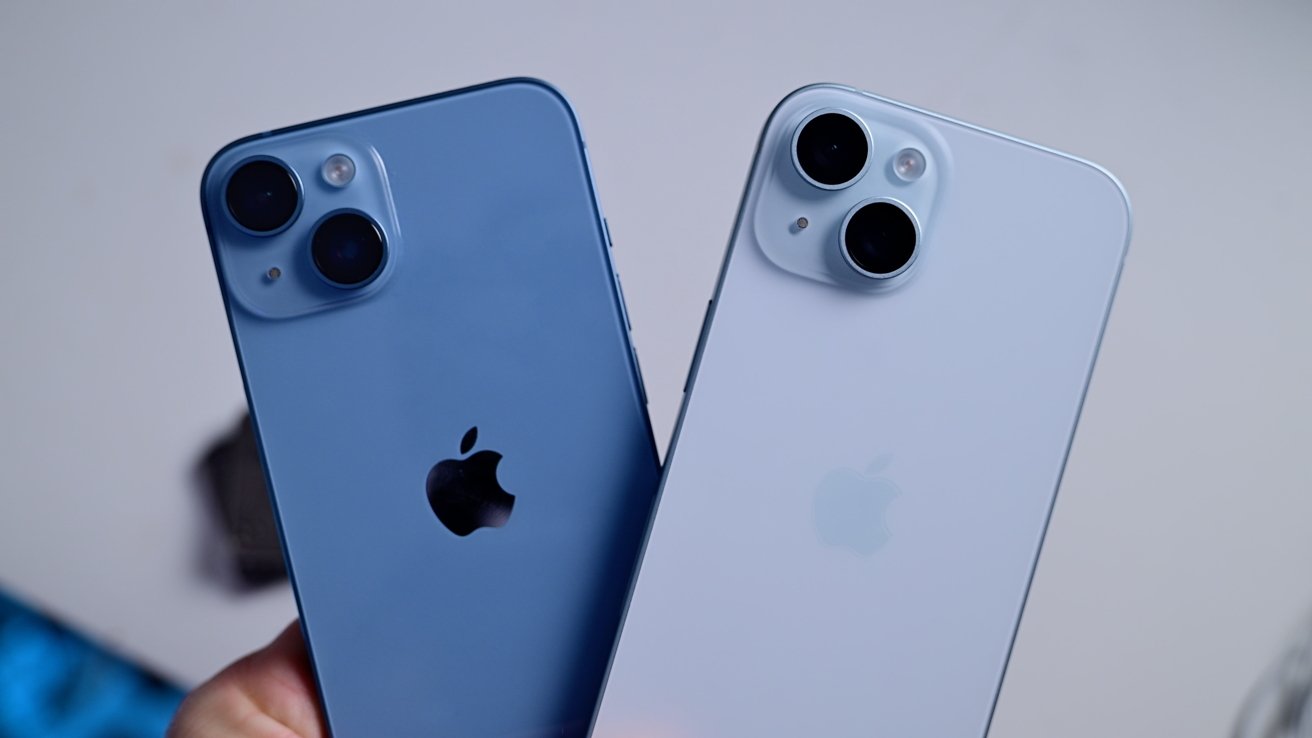







-m.jpg)





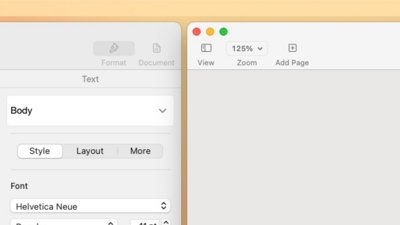
 William Gallagher
William Gallagher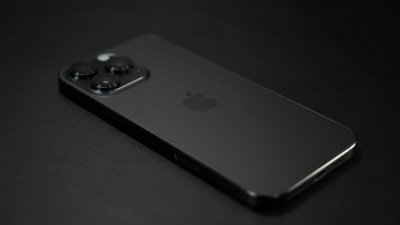
 Wesley Hilliard
Wesley Hilliard
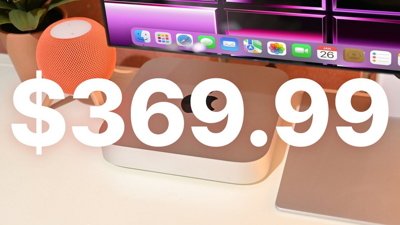
 Christine McKee
Christine McKee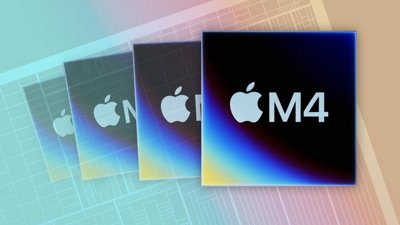
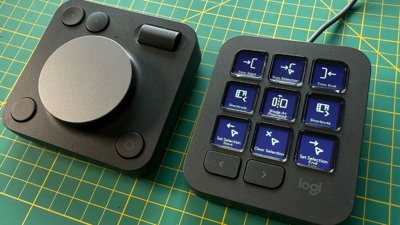
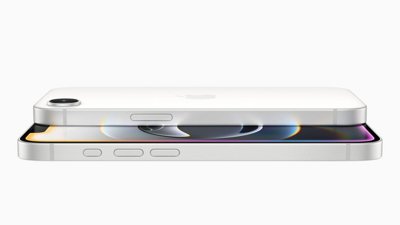
 Andrew Orr
Andrew Orr
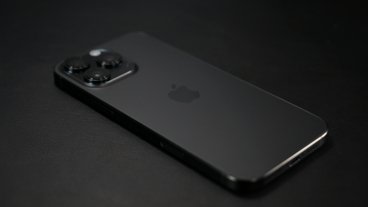

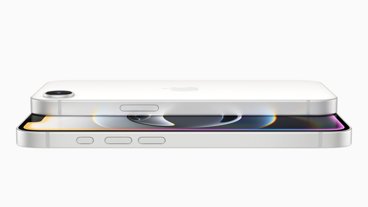


-m.jpg)




9 Comments
As an iPhone 12 Pro user, is the iPhone 15 an upgrade?